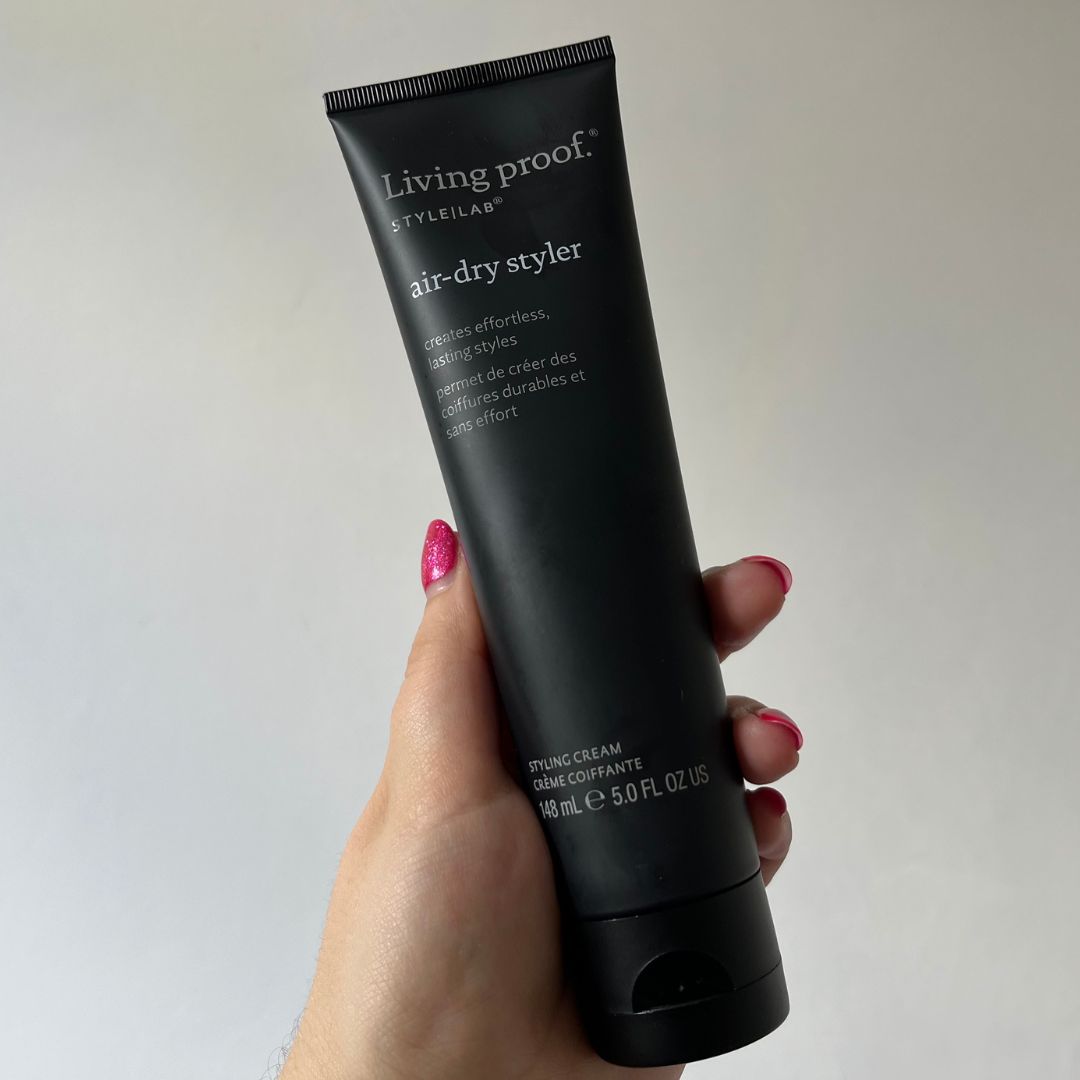'My autoimmune disease made me useless'
Hard to diagnose and painful to live with, an increasing number of women - including celebrities including Selena Gomez and Kim Kardashian are suffering from an autoimmune disease

Hard to diagnose and painful to live with, an increasing number of women - including celebrities including Selena Gomez and Kim Kardashian are suffering from an autoimmune disease
Words by Lizzie Pook
‘To look at me, you wouldn't know I had any health problems,’ says Kat Naish, 37, a photographer from Worthing. ‘But if we walked along the street together, I’d lag far behind you. I am not as agile as I used to be. I can’t zip across a zebra crossing; I have to consider every step slowly and carefully.’ Kat suffers from relapsing remitting multiple sclerosis (RRMS), an autoimmune disease that targets the brain and spinal cord, causing extreme fatigue, weakness in limbs, dizziness and degenerating eyesight. And she is one of a growing number of women who are being diagnosed with so-called ‘invisible illnesses’ − chronic conditions that develop when the immune system mistakenly attacks its own body tissues. ‘Autoimmune conditions are affecting an increasing number of us,’ says Dr Sam Rodgers, GP and medical director at Medichecks. ‘There are 1,000 new cases per year and numbers have risen worldwide over the past 30 years.’
‘One of my rheumatologist colleagues describes an autoimmune disease as the immune system twiddling its thumbs, becoming bored and deciding to attack our own tissues'
This could, in part, be due to improved awareness and better diagnosis, but experts also believe that our genetics, environments and lifestyles play a part. ‘Generally speaking, it’s thought that environmental factors, such as toxins, diet, trauma, infection or fluctuations in the hormones are necessary to trigger development of disease in people who are already genetically susceptible,’ says Dr Jenna Macciochi, a doctor specialising in immunology. There is also something called ‘the hygiene hypothesis’, which suggests that we are now so careful in eliminating bacteria and other antigens from our homes with antibacterial sprays and soaps, that the immune system has little left to target. ‘One of my rheumatologist colleagues describes the immune system as twiddling its thumbs, becoming bored and deciding to attack our own tissues,’ says Dr Rodgers.

Katy Pieris, 34, a sales manager from Surrey, was diagnosed in 2011 with rheumatoid arthritis (RA), a long-term autoimmune disease that causes pain, swelling and stiffness in the joints when immune cells and antibodies attack joint tissues and cartilage. As well as affecting the hands, feet and wrists, it can also lead to extreme fatigue. ‘The hardest thing for me was getting diagnosed,’ she says. ‘I looked fine, but struggled to convince GPs that something wasn’t right. I got tested for pretty much everything before one specialist twigged that it could be RA. When I got the diagnosis it was a massive relief.’
'Women in their late twenties and early thirties are often most at risk'
Conditions like Kat’s and Katy’s are gaining more column inches, as high-profile autoimmune disease sufferers including Kim Kardashian (who has psoriasis, caused by the immune system launching an inflammatory response against your own body, affecting the skin and joints) and Venus Williams (who has Sjögren’s syndrome, which targets parts of the body that produce fluids, such as tears and saliva) open up about their illnesses. Earlier this year, when photos emerged of a pale but perky Selena Gomez − the most followed person on Instagram − recovering in her hospital bed alongside the friend who’d donated a kidney for Selena Gomez's kidney transplant, the world sat up and listened. This was a vibrant, healthy 25-year-old, who had been forced to have major surgery for complications brought on by lupus, a chronic inflammatory disease (often used to describe the more severe systemic lupus erythematosus) that can affect any part of the body and few people know can affect someone so young. ‘It happens when the immune system attacks the body’s own cells and tissue, resulting in tissue damage, especially of the heart, liver, kidneys, lungs, blood vessels, joints and skin,’ explains Olivier Sanchez from Clickfortherapy.com. Weakness, fatigue and weight loss are common symptoms.
Autoimmune diseases − an umbrella term encompassing more than 80 conditions, from rheumatoid arthritis to inflammatory bowel disease − are not confined to the elderly. In fact, women in their late twenties and early thirties are often most at risk. ‘Approximately eight per cent of the population is affected by an autoimmune disease, and around two thirds of this group will be women,’ says Dr Rodgers. ‘The reasons for this aren’t well understood, but it could be due to the presence of female sex hormones and their role in amplifying the response to infection.’ In short, our immune systems are stronger than men’s, so our response to whatever it sees as a threat is more extreme.
Marie Claire Newsletter
Celebrity news, beauty, fashion advice, and fascinating features, delivered straight to your inbox!
'I was nauseous, exhausted and lost a dramatic amount of weight'
Autoimmune diseases can’t be cured, but symptoms can be managed with lifestyle changes or anti-inflammatory drugs such as steroids. In severe cases, immune-suppressive medication, which targets and ‘quietens’ the whole immune system can help, but this isn’t without serious side effects. Teresa, a 39-year-old schoolteacher, suffers with Sjögren’s syndrome, which causes inflammation and impacts the nerves and joints (often triggering other conditions, such as rheumatoid arthritis). ‘I was prescribed strong steroids for six months and mycophenolate, which I took for a year, and it left me with extreme fatigue, loss of appetite, dry skin and awful dark rings under my eyes,’ Teresa remembers. ‘These are really powerful drugs − more typically given to transplant patients to prevent their bodies from rejecting a new organ. They did the trick after a year and targeted my condition, but I was nauseous, exhausted and lost a dramatic amount of weight.’
There are a number of autoimmune diseases that are significantly more common in women than men, too. ‘Immunologically, women’s bodies change quite dramatically during pregnancy, for example,’ says Dr Macciochi. ‘This is to stop the mother from rejecting the foetus, which is genetically different to her. It is thought this can contribute to the development of autoimmune diseases.’ Of the 1.3 million people who suffer with inflammatory bowel disease (IBD) − which is subdivided into Crohn’s and ulcerative colitis depending on where the disease is active − women are uniquely affected due to hormone fluctuations around menstrual cycles and pregnancy. In addition to the usual symptoms, side effects for women can include painful sex, fertility problems and missed periods. ‘IBD causes the intestine to become inflamed, thick and swollen, manifesting as cramping, bloating and bloody stools. It can also affect the skin and joints, involving general symptoms such as loss of appetite and fever,’ says Dr Macciochi.

The impact that an autoimmune disease can have on people’s lives is profound. ‘My first MS episode happened at Christmas, 2015,’ says Kat. ‘My body went almost completely numb from the left side to the right. I couldn’t use a knife and fork; my husband had to help me get out of the bath; he even had to help me dress and fasten the buttons on my trousers. I had to watch my then four-year-old son struggle with opening his presents on Christmas Day. I felt useless.’
'Chances are, I will take these tablets for the rest of my life'
Amy Shaw, 26, a senior digital PR executive from London, has a rare condition called autoimmune sclerosing cholangitis, which affects her liver cells. The impact, for her, has been long-term. ‘I was diagnosed around 13 years ago, but it was a long and painful process because my condition is extremely rare. I started fainting at school, waking up in agony, and I found it hard to keep food down. I endured multiple and frequent tests, and constantly had doctors telling me that nothing was wrong; I was even accused of lying,’ she says. ‘Emotionally and physically, it took its toll – more severe symptoms include constant itching skin and jaundice (the worst-case scenario is that my liver could fail). But getting the diagnosis was just the beginning; it was rock bottom for me. I was prescribed prednisolone [a steroid], which made my face balloon. I gained a lot of weight and I got bad acne at the same time. This happened in my teenage years, so it was really hard. I felt unattractive and became very shy. At that point in my life, I was taking up to 24 tablets a day to control the sclerosing cholangitis and avoid flare-ups. I am now on the lowest dose of prednisolone possible, but I still have 14 tablets a day. Chances are, I will take these tablets for the rest of my life.’
Ultimately, though, autoimmune disease sufferers are constantly worried about what’s to come. ‘I simply don’t know how my future looks. So many of my symptoms are hidden and unpredictable,’ says Kat. ‘Many people with MS seem to cope perfectly on the surface. But this, combined with the fact that every single patient with an autoimmune disease has a very different journey, means that we never know what tomorrow might bring.
The leading destination for fashion, beauty, shopping and finger-on-the-pulse views on the latest issues. Marie Claire's travel content helps you delight in discovering new destinations around the globe, offering a unique – and sometimes unchartered – travel experience. From new hotel openings to the destinations tipped to take over our travel calendars, this iconic name has it covered.
-
 Jonathan Anderson is going to Dior Men
Jonathan Anderson is going to Dior MenHis debut collection will be this June
By Mischa Anouk Smith
-
 I'm a 2025 bride and these are the best affordable wedding dresses I've found
I'm a 2025 bride and these are the best affordable wedding dresses I've foundLess than £1,000 but still the height of chic
By Sofia Piza
-
 I haven't worn my hair completely natural for years, but this air-dry styling cream has made me love my waves again
I haven't worn my hair completely natural for years, but this air-dry styling cream has made me love my waves againI will never be without this
By Amelia Yeomans